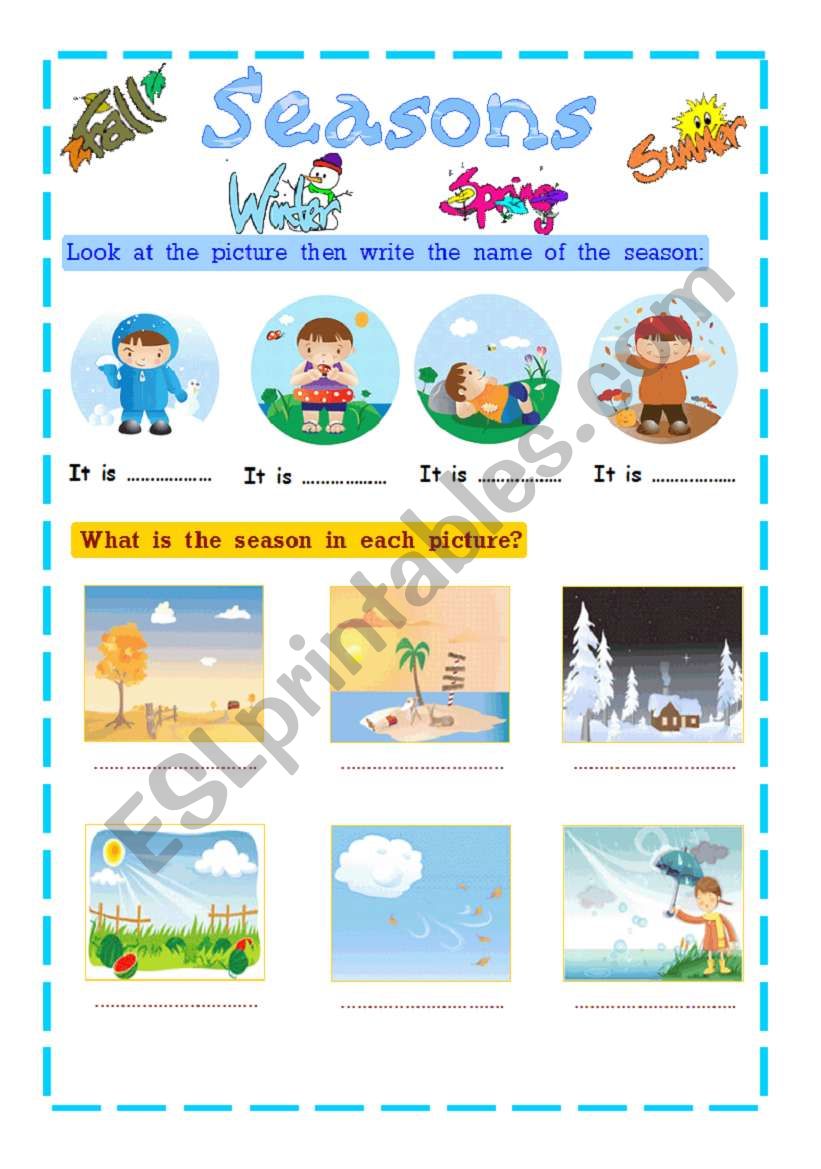
During part of the year, Earth is closer to the Sun than at other times. It is true that Earth's orbit is not a perfect circle. And, likewise, they think Earth is farthest from the Sun in the winter.Īlthough this idea makes sense, it is incorrect. Many people believe that Earth is closer to the Sun in the summer and that is why it is hotter. And when the South Pole tilts toward the Sun, it's winter in the Northern Hemisphere. So, when the North Pole tilts toward the Sun, it's summer in the Northern Hemisphere. Throughout the year, different parts of Earth receive the Sun's most direct rays. To learn more about how we help parents and students in Kanata visit: Tutoring in Kanata.Earth's tilted axis causes the seasons. We offer tutoring programs for students in K-12, AP classes, and college. SchoolTutoring Academy is the premier educational services company for K-12 and college students.

However, many regions such as the northern Indian oceans are subject to monsoon rain and wind cycles. In the tropics, there is no noticeable change in the amount of sunlight. These effects vary with latitude and with proximity to bodies of water. In the temperate and polar regions, seasons are marked by changes in the amount of sunlight, which in turn often causes cycles of dormancy in plants and hibernation in animals. In other tropical areas a three-way division into hot, rainy, and cool season is used. Due to which these regions have rainy or monsoon season and the dry season. In some tropical and subtropical regions the amount of rain varies more dramatically. In temperate and sub-polar regions, generally four calendar-based seasons are followed: spring, summer, autumn and winter. Seasonal changes also depend on factors such as proximity to oceans or other large bodies of water, currents in those oceans, oceanic cycles, and prevailing winds. In the southern hemisphere, the opposite effect is observed. It noticeably softens the winters and summers in the northern hemisphere. Earth reaches perihelion, when it is closest to the Sun in January, and it reaches aphelion when it is farthest from the Sun in July. Seasonal weather differences between hemispheres are further caused by the Earth’s elliptical. At any given time of the year, the northern and southern hemispheres experience opposite seasons. This exposure alternates because of Earth’s revolution in its orbit. At any given time of the year one part of the planet is more directly exposed to the Sun’s rays.

However, due to seasonal lag, June, July and August are the hottest months in the northern hemisphere whereas December, January and February are the hottest months in the southern hemisphere. Due to 23.5° tilt of the Earth the Sun is higher in the sky during the summer months which increases the solar flux. The same phenomenon happens in southern hemisphere during the months of November, December and January. The northern hemisphere is exposed to more direct sunlight during the months of May, June and July, because the hemisphere faces the sun. A season may be defined as a subdivision of the year, marked by changes in weather, ecology, and hours of daylight as a result from the revolution of the Earth around the Sun and the tilt of the Earth’s axis relative to the plane of revolution.


 0 kommentar(er)
0 kommentar(er)
